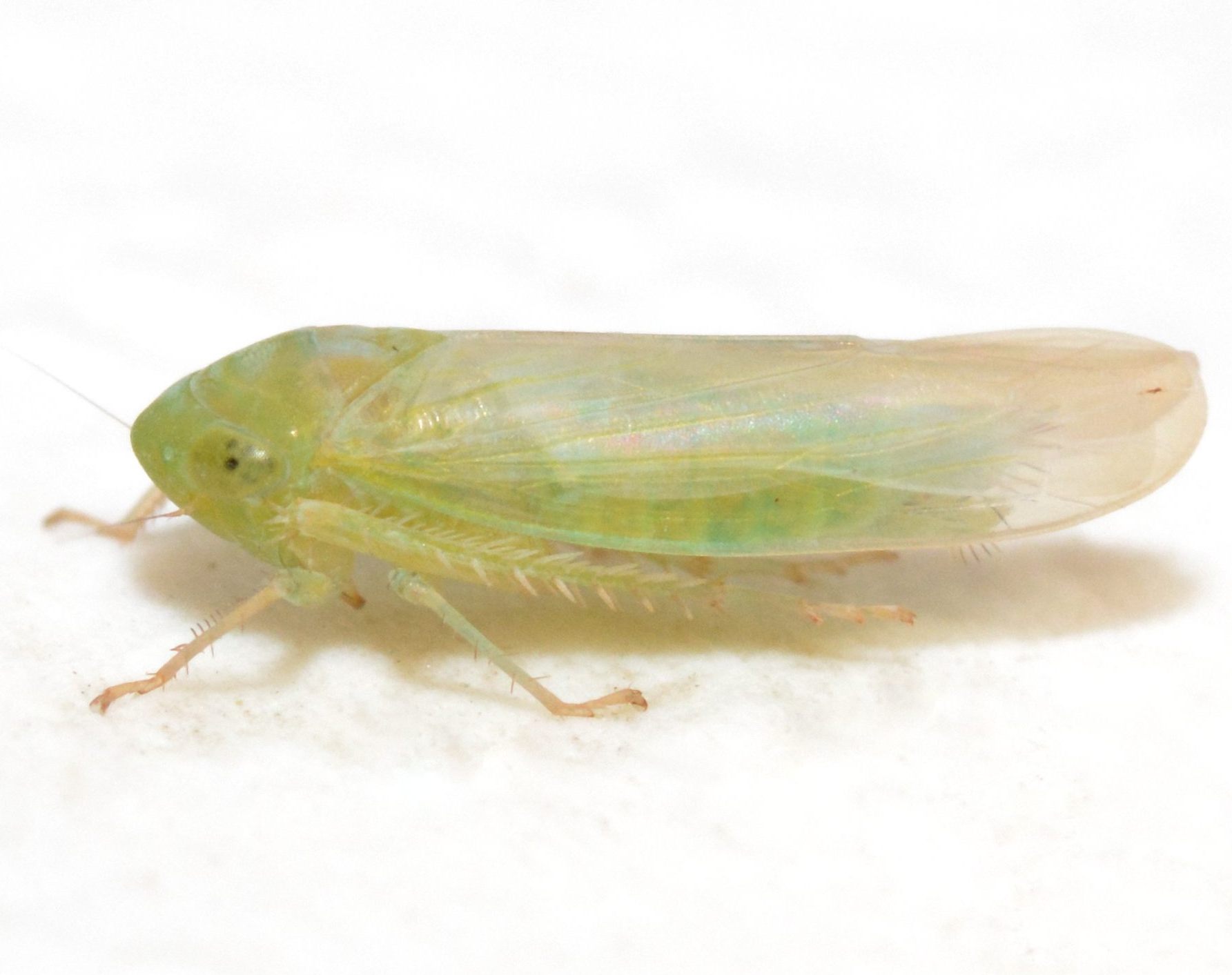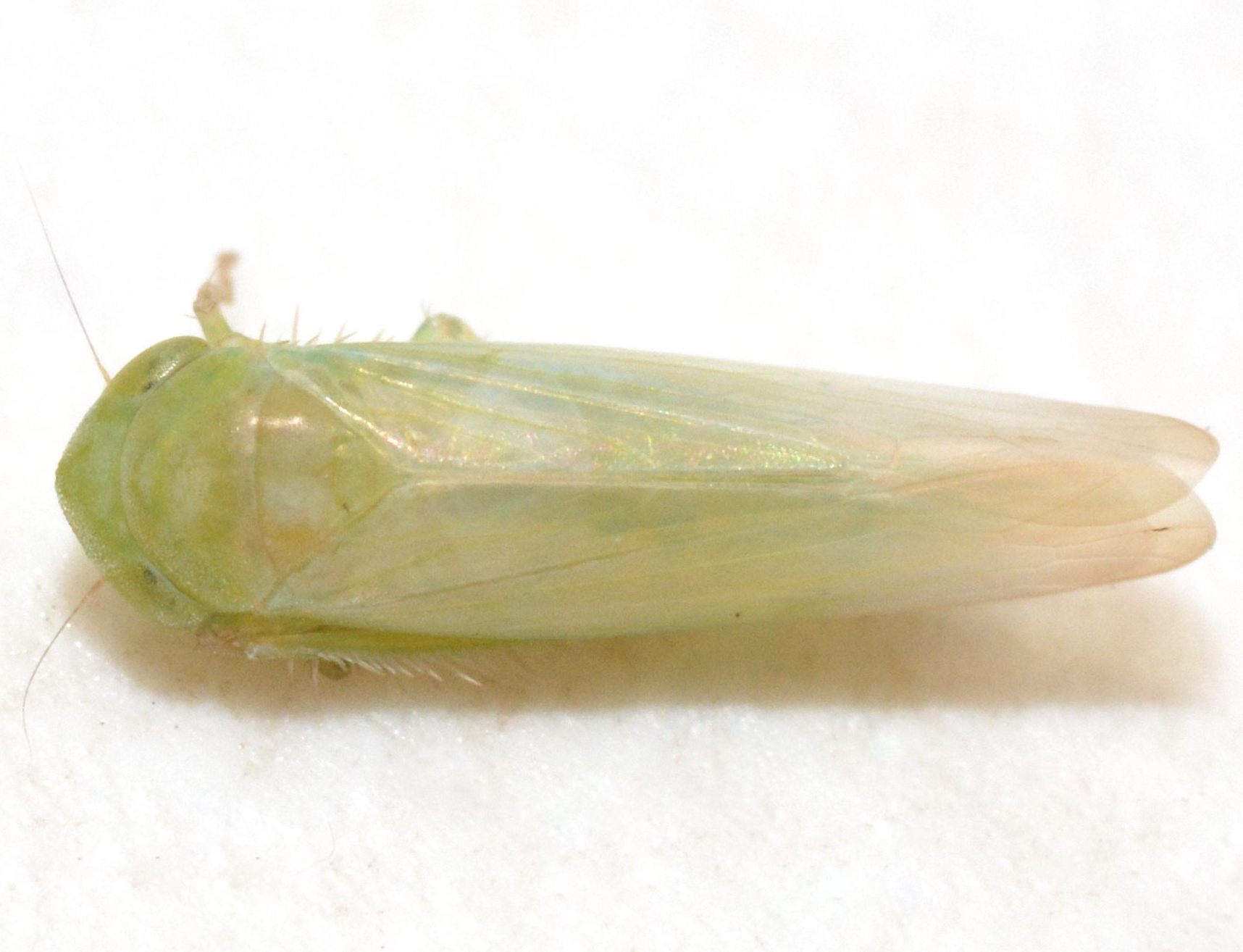|
|
|
|
Species Photo Gallery for Chlorotettix balli No Common Name 8 |
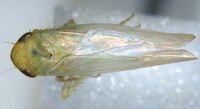 | Photo by: Bo Sullivan
Ashe Co.
Comment: male | 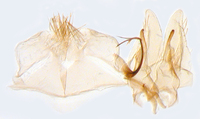 | Photo by: Bo Sullivan
Ashe Co.
Comment: male |
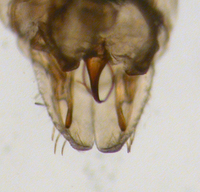 | Photo by: Bo Sullivan
Ashe Co.
Comment: male | 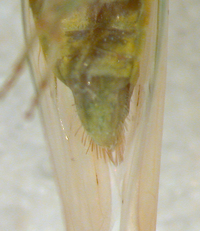 | Photo by: Bo Sullivan
Ashe Co.
Comment: male |
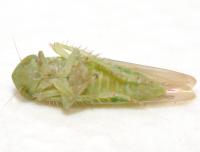 | Photo by: Kyle Kittelberger
Out Of State Co.
Comment: 6.2 mm; male |  | Photo by: Kyle Kittelberger
Out Of State Co.
Comment: 6.2 mm; male |
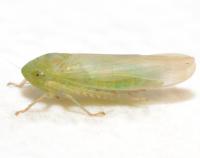 | Photo by: Kyle Kittelberger
Out Of State Co.
Comment: 6.2 mm; male | 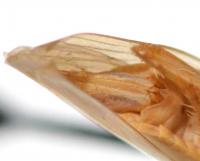 | Photo by: Kyle Kittelberger
Out Of State Co.
Comment: female; NCSU specimen |
|

 »
»